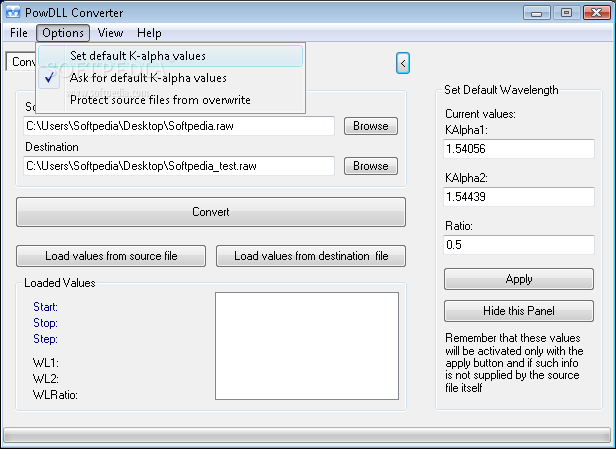
Powdll Software
Powdll; XRD; Paramters
Description:
In the early evolution of computer-aided crystallographic analysis, POWDL (Powder Diffraction Line software) emerged as a vital tool for processing and interpreting powder X-ray diffraction (XRD) data. Developed primarily for use with Philips diffractometers, POWDL was part of a suite of programs designed to manage and analyze diffraction patterns obtained from early analog and digital XRD systems. While modern tools like X’Pert HighScore, Jade, and GSAS have largely taken over, POWDL remains a significant reference point in the history of crystallography software and is still used in legacy systems or academic environments for teaching or data recovery.
The software’s architecture is rooted in DOS-based systems, with a command-line interface and modular structure. It was often used in conjunction with DBWS, ICSD, or PDF (ICDD) databases for phase identification, and it handled raw scan data, peak searching, background subtraction, and initial phase matching in a systematic and reproducible way.
Key Capabilities and Features
At its core, POWDL allows for the processing of powder diffraction line data—converting raw XRD scan files into structured information usable for phase identification, pattern matching, and reporting. Its functionalities include:
-
Import and conversion of raw scan data from Philips diffractometers.
-
Background smoothing and subtraction using mathematical models.
-
Peak identification through derivative and intensity thresholding.
-
Data correction for instrumental parameters such as zero shift or K-alpha2 stripping.
-
Exporting processed peaks for use with external databases or identification modules.
One of POWDL’s strongest features is its modular structure, where different tasks (e.g., peak search, smoothing, calibration) are executed using dedicated sub-programs. This allows users to maintain control over each stage of analysis, with options to inspect intermediate data at every step.
Application in Legacy Systems and Research Workflows
During its peak use in the 1980s and 1990s, POWDL was widely installed in materials science labs that used Philips PW series diffractometers. It was especially useful for:
-
Preliminary phase identification in multiphase materials using d-spacing and intensity matching.
-
Comparative analysis of treated vs. untreated samples to detect phase transitions, dopant effects, or peak shifts.
-
Academic environments where students were taught to understand the raw data structure behind XRD interpretation.
Despite its simplicity compared to modern graphical software, POWDL allowed meticulous inspection of data, which many researchers still value today when recovering or verifying old experimental records.
Limitations and Transition to Modern Tools
POWDL is no longer actively maintained and has limited compatibility with modern operating systems. It lacks GUI-based controls, real-time graphical plotting, advanced Rietveld refinement, and visualization tools that are standard in today's software like HighScore Plus, MDI Jade, or FullProf. However, for researchers working with archived Philips data or recovering old project files, POWDL still offers essential capabilities to retrieve and process XRD data.
Many institutions keep a version of POWDL running in virtual machines or DOSBox environments for:
-
Re-analyzing archived scan files (.RAW or .DAT format)
-
Comparing historical data with current results
-
Teaching the evolution of powder diffraction software
Conclusion
Although now considered a legacy tool, POWDL holds historical and practical importance in the evolution of XRD data analysis. It laid the foundation for modern pattern analysis by introducing modular processing, algorithmic peak detection, and structured data handling. While new generations of researchers may never interact with POWDL directly, understanding its workflow helps appreciate the complexity and discipline behind early crystallographic studies. For labs handling older Philips diffractometer data or conducting educational demonstrations, POWDL remains a useful and informative resource.